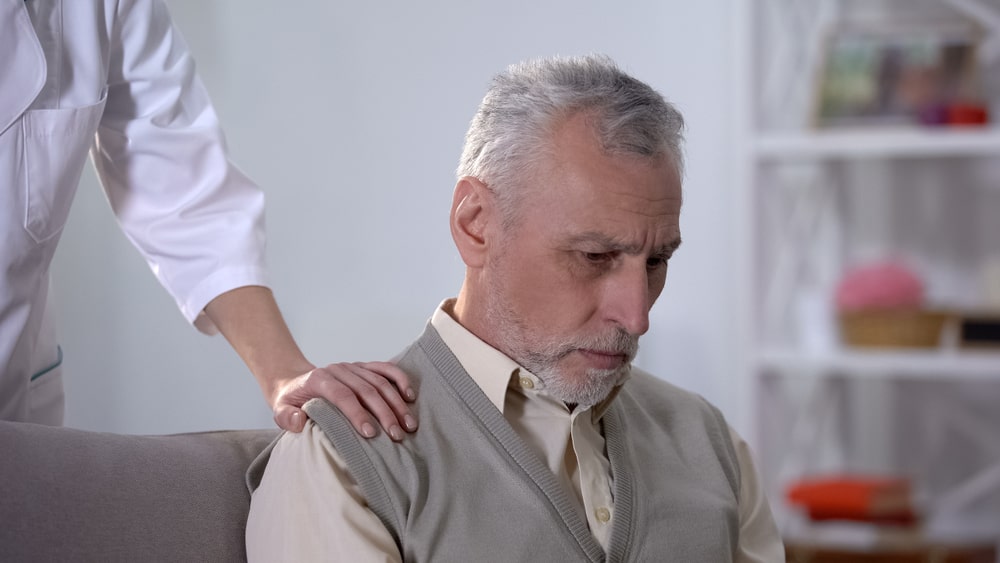
The Diagnostic and Statistical Manual of Mental Disorders, Fifth Edition (DSM-5) list different types of eating disorders that are, respectively, categorized under the Disorder Class: Feeding and Eating Disorders. Eating disorders are defined as “serious medical illnesses marked by severe disturbances to a person’s eating behavior,” and are characterized by abnormal, irregular eating habits, and an extreme concern with one’s body weight or shape. The pervasive symptoms associated with any type of eating disorder can cause adverse physiological consequences and interfere with one’s ability to adequately function in daily life. Further, eating disorders have the highest mortality rate of any mental illness. There are a variety of eating disorder treatment options available. The path of recovery will not be the same for everyone, as everyone is unique with distinct needs. A personalized treatment plan will provide an individual with the highest potential for a successful long-term recovery.
The Role of Exercise
While exercise has long been recognized as an effective intervention for many psychological health issues, it has often been overlooked as a potential adjunct to eating disorder treatment. This may be, in part, due to the fact that over-exercising and purging through exercise are common features across all eating disorders, and these unhealthy practices are often some of the last symptoms to subside during recovery. According to Psychology Today, “the degree of over-exercise, as well as body image dissatisfaction, also predicts whether a person will relapse, an occurrence that happens in up to 52% of people who have initially recovered from an eating disorder.” Based on the assumption that individuals will misuse workout practices to compensate for increased food intake, eating disorder treatment has historically involved no access to exercise.
However, prohibiting or significantly restricting exercise during eating disorder treatment can hinder one’s recovery. Prolonged abstinence from exercising can exacerbate one’s body image dissatisfaction and trigger relapses. Hence, much like recovery from eating disorders involves the reintroduction of foods and/ or calories that have been previously eliminated, helping to reestablish a healthy relationship with exercise is becoming an increasingly common component of the eating disorder treatment protocol. There are several empirically supported benefits of including exercise in eating disorder recovery, such as:
- Exercising has the potential to enhance one’s interoceptive awareness, which is one’s ability to sense internal cues (e.g., hunger, thirst, heartbeat, etc.), shaping how one feels and behaves. This, in turn, helps to support behavioral changes (such as eating and resting), as it improves one’s ability to notice when they feel hunger and/ or fatigue.
- One study found that incorporating mindful exercise into eating disorder treatments boosts weight restoration and reduces compulsive thoughts. Mindful exercise involves paying attention to how your body moves and observing how you feel before, during, and after the movement.
- Exercise during recovery increases individual’s autonomy, and clinical evidence demonstrates that when individuals have a sense of autonomy in their recovery plan it heightens their motivation to adhere to their treatment.
Scientific research demonstrates that exercising during eating disorder recovery improves treatment outcomes physically and mentally.
Treatment In Calabasas
Calabasas is a city in California. It is a well-known suburb of Los Angeles, located west of the San Fernando Valley and north of the Santa Monica Mountains. Over the past decade, the city of Calabasas has grown in its reputation for luxury as well as for privacy which makes it a hidden gem for residential living for society’s elite, and one of the most desirable destinations in Los Angeles County. It is also home to a plethora of highly qualified mental health clinicians providing an array of therapeutic services and treatment options.
The information above is provided for the use of informational purposes only. The above content is not to be substituted for professional advice, diagnosis, or treatment, as in no way is it intended as an attempt to practice medicine, give specific medical advice, including, without limitation, advice concerning the topic of mental health. As such, please do not use any material provided above to disregard professional advice or delay seeking treatment.









